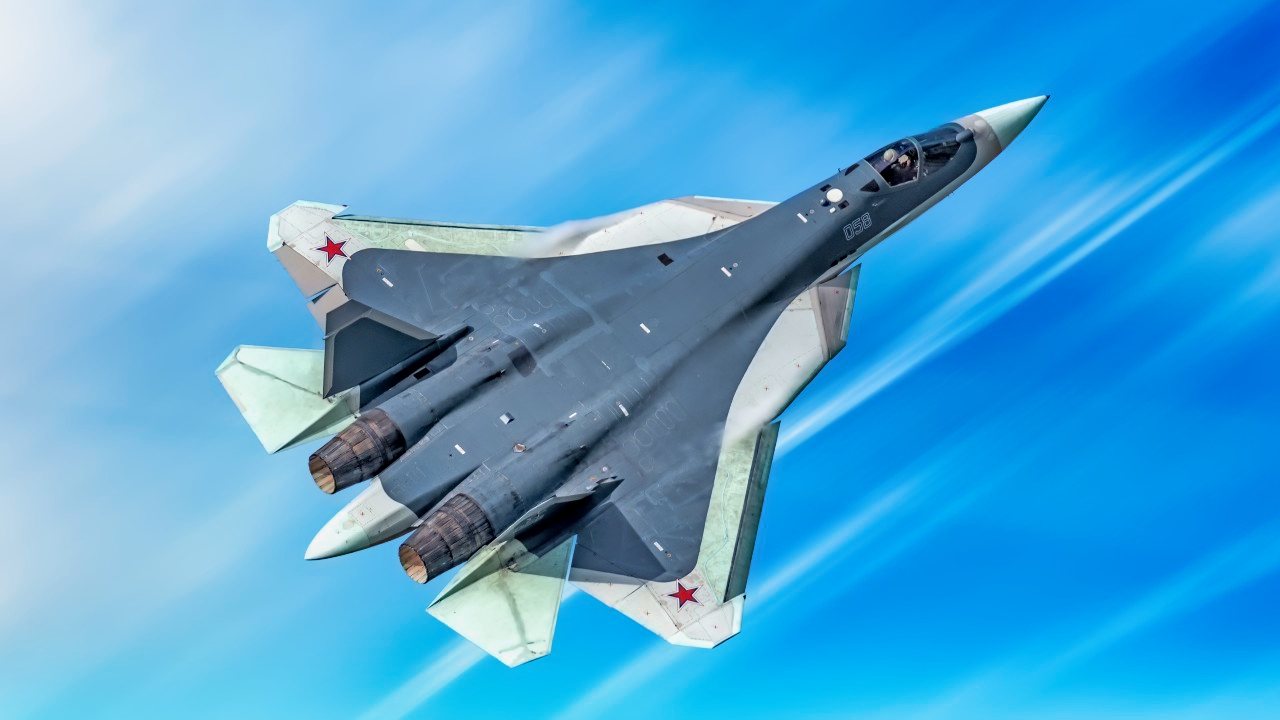
Ukrainian Air Defenses Keep Shooting Russian Air Force Out of the Sky
Summary and Key Points: The air war over Ukraine is pivotal, with Russian forces using missiles and drones to target infrastructure and demoralize civilians, while Ukraine relies on a mix of Western and Soviet air defense systems.

-With critical support from the U.S. and NATO, Ukraine’s defenses have held, but sustained aid is essential. The U.S. is expected to send more MIM-104 Patriot systems, crucial for intercepting Russian attacks. Germany has also provided interceptors.
-Despite ongoing challenges, Ukrainian forces have adapted swiftly, mastering new weapon systems under dire conditions to protect civilians and maintain essential services.
Ukraine’s Air Defense: How Patriots and NATO Aid Keep Russian Missiles at Bay
The air war over Ukrainian cities is one of the most important battles of the war.
Through ballistic and cruise missiles and suicide drones, the Russian military is looking to sap Ukrainian morale while also taking out critical infrastructure and facilities.
On the other side, the Ukrainian military uses a combination of cutting-edge Western and older Soviet air defense weapon systems to fend off the rain of death.
Without help from the United States and NATO, Ukraine would have lost this crucial air battle long ago. But to continue fighting back, Kyiv needs a steady supply of air defense weapon systems and munitions.
To answer the call, the U.S. will likely send another batch of MIM-104 Patriot air defense weapon systems to Ukraine.
More MIM-104 Patriots for Ukraine
According to reports, Ukraine will soon receive additional MIM-104 Patriot anti-aircraft batteries from the U.S. military.
The Ukrainian military has received several MIM-104 Patriot batteries from the U.S.-led international coalition. In addition, the Ukrainian Air Force, which operates the country’s air defenses, is using IRIS-T and NASAMS air defense weapon systems.
But it is not just about the weapon system itself but also about the munitions that it fires. The MIM-104 Patriot uses PAC-3 and PAC-2 missiles; PAC-3 munitions go after the warhead of an incoming enemy missile, while PAC-2 munitions explode next to the incoming munition to shoot it down. Germany has been helping with that, providing dozens of munitions to the Ukrainian Air Force.

“And especially after seeing how critical air defense is to Ukraine’s survival, today I have the pleasure of announcing the delivery of a significant number of interceptors for the Patriot – one hundred,” the German Minister of Defense Boris Pistorius said during a recent joint press conference with the Ukrainian President Volodymyr Zelensky.
The Ukrainian air defenses have performed well in the conflict so far. To be sure, Russian munitions of all types continue to pass through Kyiv’s anti-air umbrella, but that is to be expected.
The large-scale Russian invasion of Ukraine ushered a new era for the Ukrainian military and forced an abrupt change. Over the span of a few months, the Ukrainian forces had to learn how to operate dozens of new weapon systems. Moreover, there wasn’t any grace period. Russian missiles, drones, and aircraft rained death and destruction on a daily basis, killing families and bringing down critical infrastructure, thus denying basic goods like water, power, and internet to millions of Ukrainians.

Many times, Ukrainian troops had to first learn English so that they could participate in the training of the new weapon systems. That has been particularly the case with complex weapon systems like anti-aircraft weapons, main battle tanks, and fighter aircraft.
The Ukrainian air defenses ensure that innocent people don’t wake up learning that their families have been killed by an errant Russian missile or drone. But to properly do their job, they need all the help they can get.
About the Author
Stavros Atlamazoglou is a seasoned defense journalist specializing in special operations and a Hellenic Army veteran (national service with the 575th Marine Battalion and Army HQ). He holds a BA from Johns Hopkins University and an MA from the Johns Hopkins School of Advanced International Studies (SAIS). His work has been featured in Business Insider, Sandboxx, and SOFREP. Email the author: [email protected].
All images are Creative Commons.


